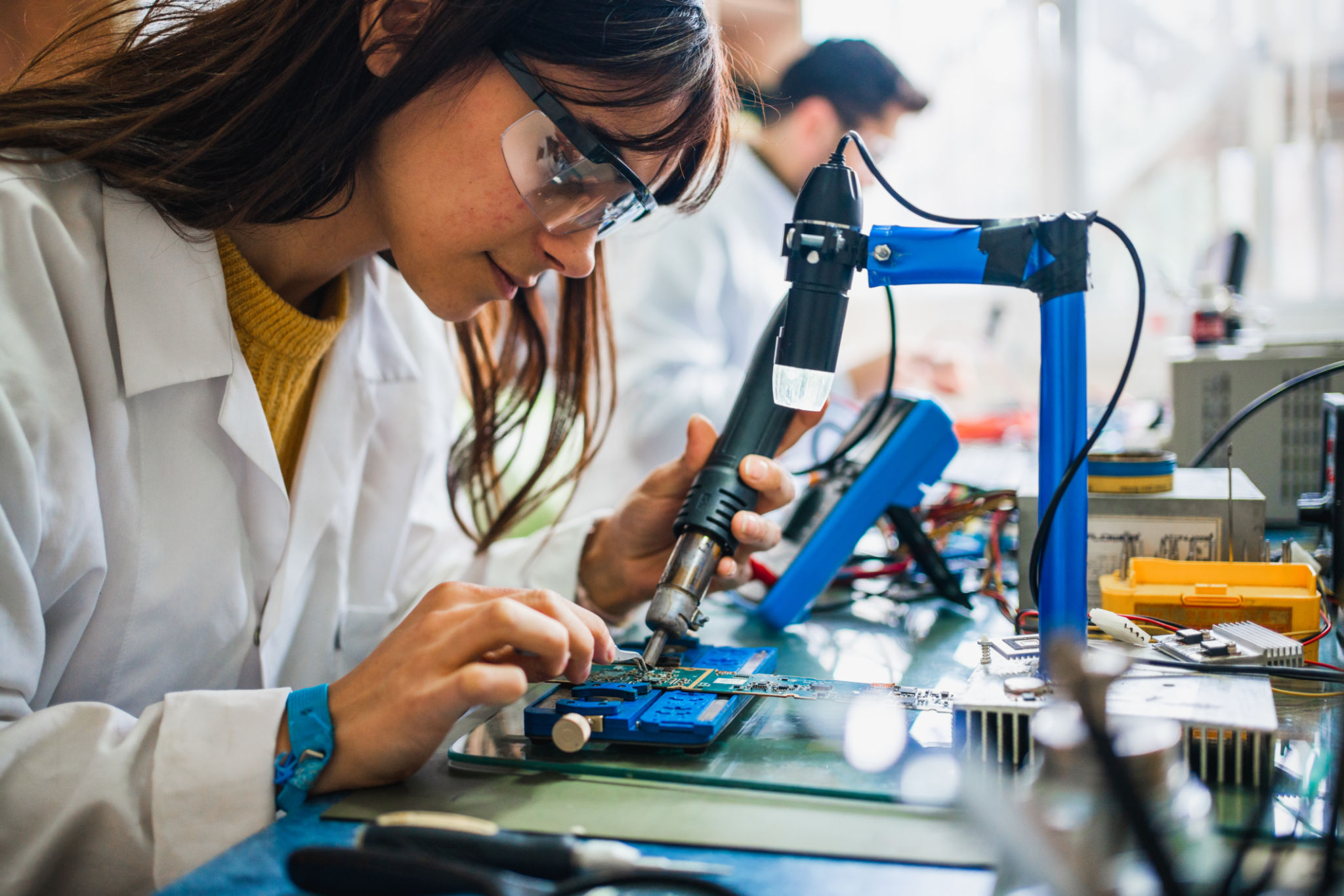How Robotics is Transforming Career and Technical Education
Introduction to Robotics in Education
In recent years, the integration of robotics into Career and Technical Education (CTE) has become a game-changer. As industries increasingly rely on automation and advanced technologies, CTE programs are evolving to meet the demands of the modern workforce. Robotics is not only reshaping how students learn but also preparing them for the careers of the future.

The Role of Robotics in Developing Practical Skills
Robotics offers students hands-on learning experiences that are crucial for developing practical skills. By working with robotic kits and programming software, students gain a deeper understanding of engineering concepts, computer science, and problem-solving techniques. These skills are invaluable in fields such as manufacturing, healthcare, and logistics.
Moreover, robotics education encourages creativity and innovation. Students are not just passive learners; they actively engage in designing, building, and testing their own robotic projects. This active involvement fosters a sense of ownership and boosts their confidence in tackling complex challenges.
Enhancing Critical Thinking and Collaboration
One of the significant benefits of incorporating robotics into CTE is the enhancement of critical thinking skills. As students work on robotics projects, they must analyze problems, devise solutions, and iterate on their designs. This process nurtures a mindset of continuous improvement and adaptability.

Furthermore, robotics projects often require teamwork, which promotes collaboration among students. Working in teams helps students learn how to communicate effectively, delegate tasks, and leverage each other's strengths. These interpersonal skills are essential in any workplace environment.
Preparing for High-Demand Careers
The integration of robotics in CTE is aligned with the growing demand for skilled professionals in STEM fields. According to industry reports, occupations related to robotics and automation are expected to grow significantly in the coming years. By familiarizing students with these technologies early on, CTE programs are equipping them with the competencies needed to thrive in high-demand careers.
Robotics education also opens doors to a wide range of industries. From autonomous vehicles to smart factories, the applications of robotics are vast and varied. Students who excel in robotics can pursue careers as robotics engineers, automation specialists, or even entrepreneurs who develop their own robotics startups.

The Impact on Traditional Educational Models
As robotics becomes more integrated into CTE, traditional educational models are being challenged and transformed. Educators are shifting from lecture-based teaching to more interactive and project-based learning approaches. This shift not only makes learning more engaging but also mirrors real-world scenarios where knowledge is applied practically.
Additionally, the use of robotics in education is bridging the gap between theoretical knowledge and practical application. Students can see the direct impact of their learning as they watch their robotic creations come to life, reinforcing the connection between classroom concepts and real-world outcomes.
Conclusion: Embracing the Future
As the landscape of education continues to evolve, the inclusion of robotics in Career and Technical Education is proving to be a vital component in preparing students for the future. By fostering essential skills such as problem-solving, collaboration, and innovation, robotics is not just transforming education—it is shaping the leaders of tomorrow's technological advancements.
